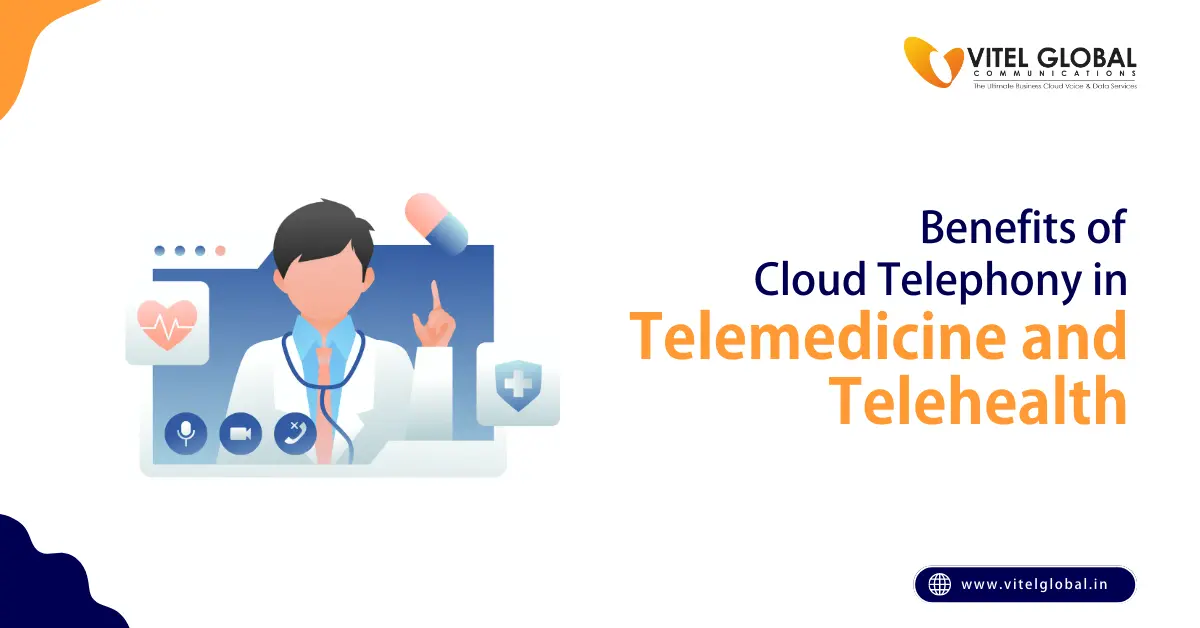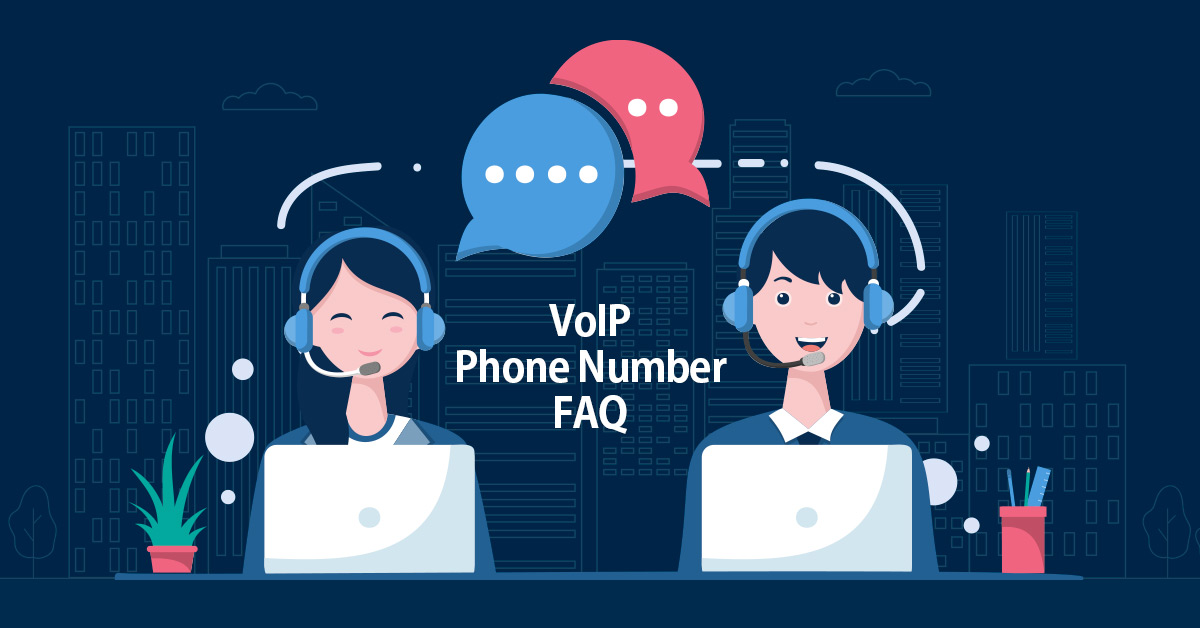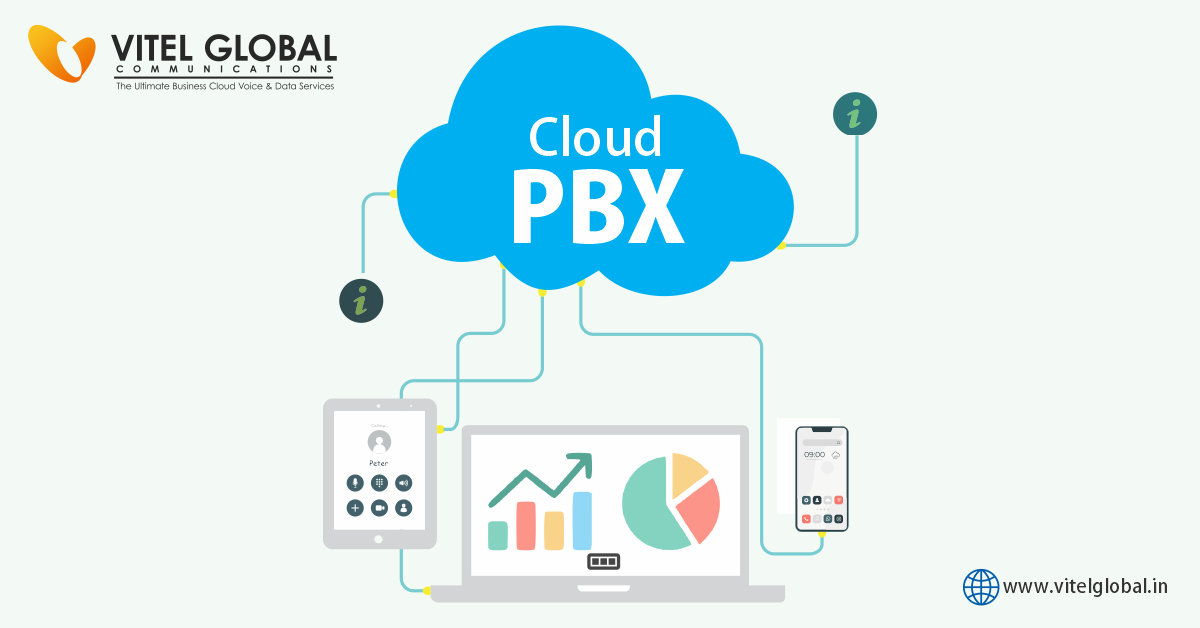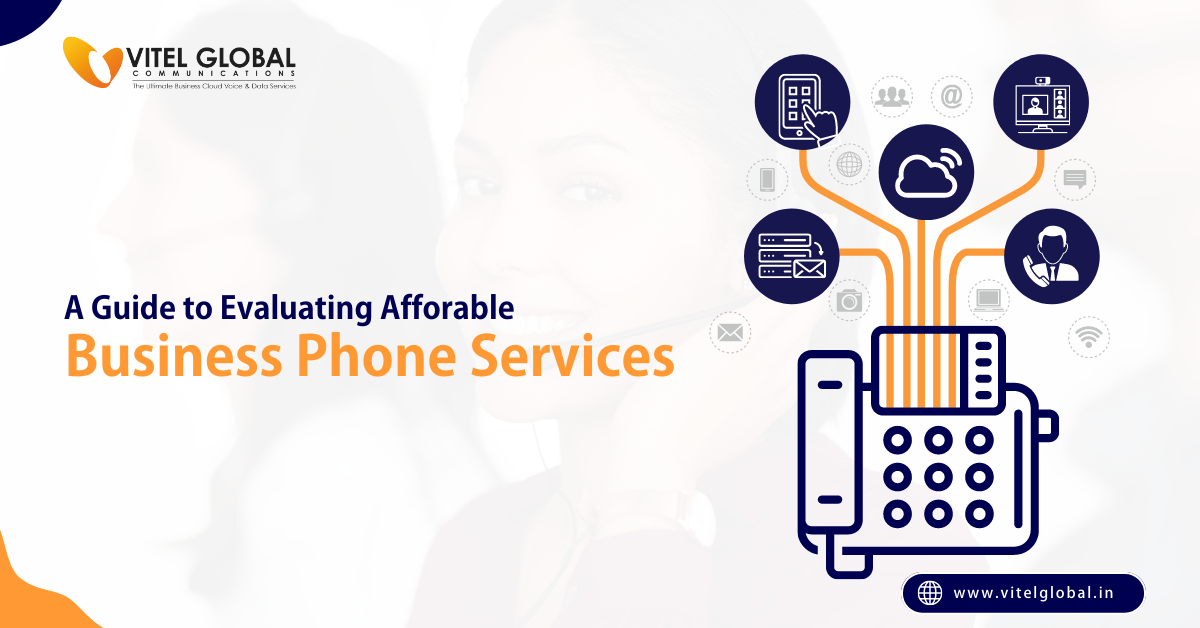Table of Contents
Telemedicine and Telehealth offer new opportunities to reach more people and help them with their health concerns. Unsurprisingly, healthcare providers increasingly use cloud-based telephone systems to manage their communication services and provide the best care possible to their patients.
Healthcare organizations receive thousands of calls daily, with individuals posing various questions. Managing all the calls can be laborious and time-consuming, resulting in mistakes and misunderstandings. Healthcare cloud calling facilitates efficient call management by streamlining the calling procedure. It helps manage all incoming and outgoing calls, alerting users when calls are missed. The staff can then follow up with those who were missed, ensuring that no call goes unanswered and all inquiries are promptly resolved. Hospitals can use a simple-to-recall virtual phone number to facilitate customer calls and keep track of them. It creates a solid brand reputation and offers a satisfying calling experience.
What is Cloud Telephony?
Cloud telephony is voice and video technology that operates on the cloud to manage communications over the Internet. Advanced features of cloud technology include virtual phone numbers, call routing, voicemail, interactive voice response (IVR) systems, call recording, and analytics.
It offers multiple benefits offers numerous benefits to businesses, including
- The ability to easily scale up or down based on their communication needs,
- Access to advanced features and functionalities,
- Reduced upfront costs,
- Simplified maintenance and updates,
- Improved mobility and flexibility,
- The ability to integrate with other communication tools and applications.
Businesses of all sizes and across various industries widely use it for their communication needs, including customer support, sales, marketing, and internal communications.
This article highlights the transformative technology trends introduced into the healthcare sector through the implementation of cloud telephony.
Definition of Telemedicine and Telehealth
Telemedicine refers to using telecommunications and advanced digital technologies to provide healthcare services. Such services often include patient consultations with physicians, procedures such as diagnostic or therapeutic procedures, and clinical follow-up care.
Telehealth refers to the use of telecommunications technologies and companion software applications to deliver health information, coordinate a wide variety of medical activities, or provide health care services that may otherwise have been unavailable without personal visits, including remote monitoring and management of chronic diseases, treatment during pregnancy, pediatric care delivered by parents on location in their homes or at a medical facility.
Such technology may be used individually (as with remote diagnosis) or for populations.
Telehealth can encompass distant non-clinical services, such as provider training, administrative meetings, continuing medical education, and clinical services. However, telemedicine specifically refers to remote clinical services.
Unlike traditional telephony, which uses physical phone lines, cloud telephony uses the Internet to transmit voice calls, eliminating the need for external services or separate phone lines. It allows making calls to other VoIP devices, traditional phone systems, or any other equipment or software capable of accepting VoIP calls.
Benefits of Cloud Telephony in Telemedicine and Telehealth
Cloud phone service can offer many benefits to healthcare and medicine. Here are just a few key features that may make a difference.
Convenience:
It offers convenience in every way. No expensive hardware to buy, no installations or cabling, and 24-hour access to your system from anywhere you have an Internet connection. You can have as many phone numbers as you want with no additional cost, and you can even connect landlines for a nominal charge – all with a single user interface for managing them.
Accessibility:
With Telemedicine and telehealth, healthcare providers can reach patients who have traditionally had difficulty getting the care they need. Even working at a busy clinic, you can provide access to your services from anywhere, particularly for individuals in remote or underserved areas and those with limited mobility. An individual can receive most healthcare services remotely using audio, video, and other communication technologies.
Versatility:
Cloud systems allow for quick and easy call management like transfers, extensions to route calls to other locations, call forwarding based on time or day of the week, and more for resources by offering scalability on changing demands. Additionally, the advanced features of cloud phones make them a valuable tool for healthcare providers to deliver high-quality remote care, enhance patient engagement, and improve healthcare outcomes.
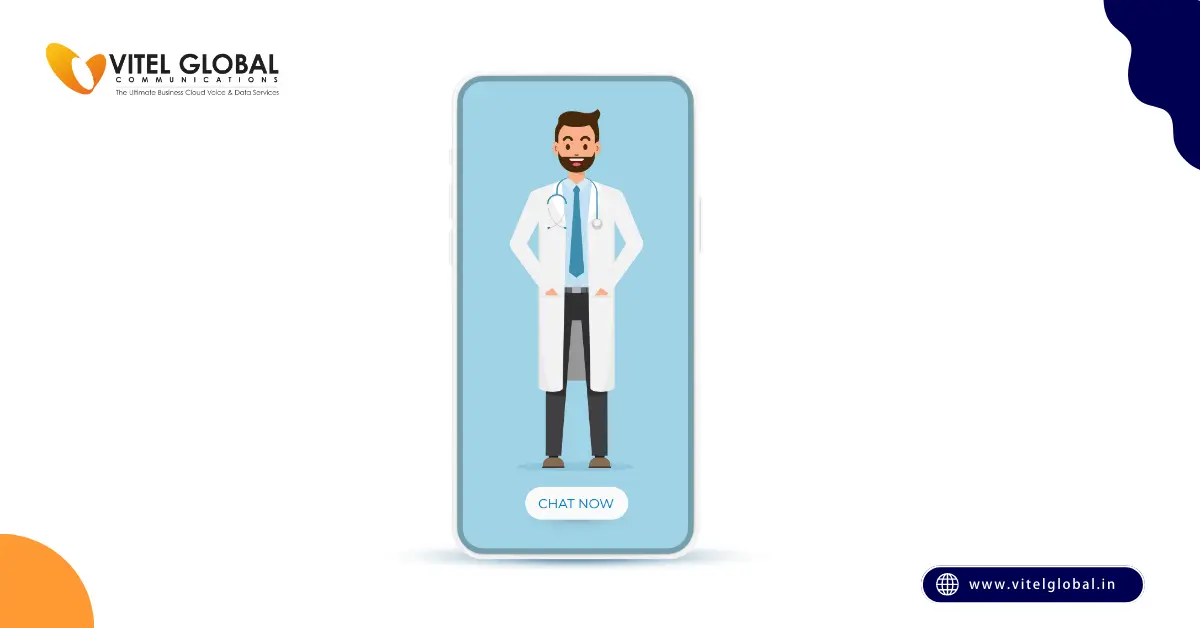
Security:
The systems support measures like multi-factor authentication and advanced encryption while offering optional features such as single sign-on (SSO) to get the most out of your system without having to log in to multiple accounts.
Cost-Effectiveness:
Cloud-based business phone systems offer cost-effective solutions without sacrificing call quality. These services are mostly hosted in the cloud and avoid the hassle of purchasing new equipment, resulting in reduced installation and maintenance expenses.
Integration:
Integration of cloud-based telephony with other healthcare systems, such as electronic health records (EHRs) and appointment scheduling software, streamlining administrative processes, and improving efficiency is really a simple process.
Enhanced Services:
Improved collaboration and coordination: Communication is faster, easier, and more convenient with cloud communication solutions. It can lead to enhanced collaboration and coordination in the entire healthcare industry.
Multi-channel communication: Cloud-based telephony provides multiple communication channels, including voice calls, video calls, chat, and team messaging which allows healthcare providers to communicate with patients using their preferred method of communication. Hence, resulting in enhanced patient engagement and convenience, accommodating varying patient preferences and needs.
Improved patient experience: When patients can communicate with the doctor 24/7, they have more positive experiences with their healthcare team, which may improve the quality of healthcare services.
Improve operational efficiency: Furthermore, Cloud-based telephony systems eliminate tedious processes for interacting with front-line staff and back-end system integration needs. It can result in improved operational efficiency and customer service.
Increased access to health information: Healthcare professionals can use cloud-based telephone systems to share their findings with other practice staff, including medical records information, lab results, and medical conditions that might not be on the practice’s computer system or electronically stored in other databases such as CMS HIE or Epic EHRs.
Reduction of Hospitalizations and Emergency Visits:
Regardless of so many challenges, these services allow healthcare providers to monitor patients remotely and provide them with timely medical interventions, preventing hospitalizations and emergency visits.
For example, it can provide medication reminders, track vital signs, and monitor symptoms remotely. It can help healthcare providers identify potential issues before they become serious and intervene before hospitalization is required. Additionally, it enables remote consultations with healthcare providers, reducing in-person visits and risks of exposure to infectious diseases.
Cloud telephony can enhance healthcare delivery efficiency by reducing administrative tasks such as appointment scheduling and patient record keeping. This allows healthcare providers to focus on providing quality care, ultimately reducing hospitalizations and emergency visits.
Challenges in Telemedicine and Telehealth
Connectivity Issues: Inadequate internet connectivity or compatibility issues with different devices or platforms can interrupt these services.
Legal procedures: The varying regulatory and legal frameworks for different countries can become complex and pose challenges for telehealth practitioners.
Reliability: Many patients are unwilling to adopt new technologies due to a lack of awareness and trust issues regarding remote treatment.
Others: Some other major challenges may include Reimbursement and financial considerations, data privacy and security, the accuracy of diagnoses and treatment plans, increase in workload for healthcare providers. Despite these challenges, advanced healthcare technology continues to evolve rapidly, and efforts are being made to address these obstacles
Conclusion
In summary, cloud telephony has the potential to revolutionize healthcare delivery by providing remote monitoring and consultation services, improving efficiency, and reducing the need for hospitalizations and emergency visits.
